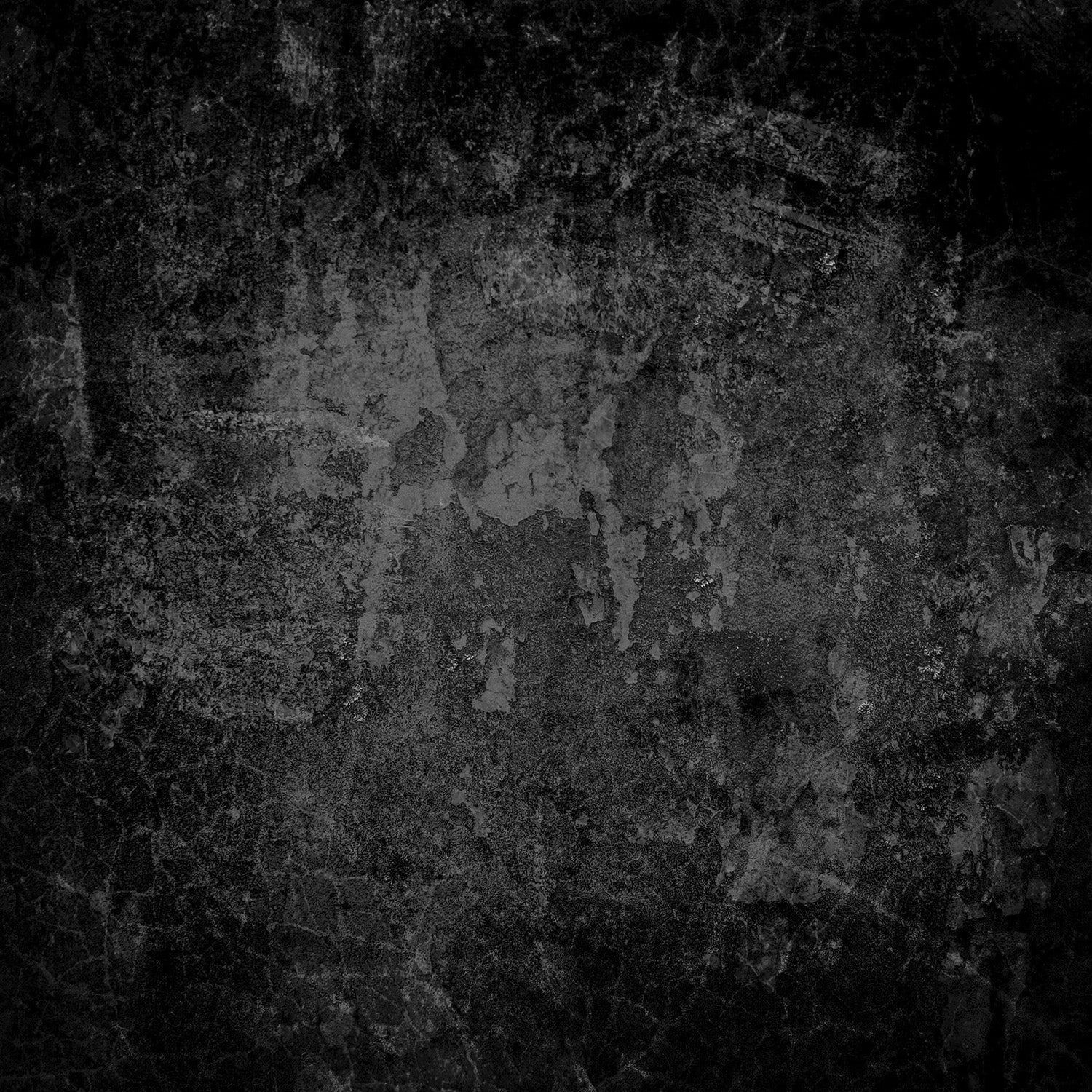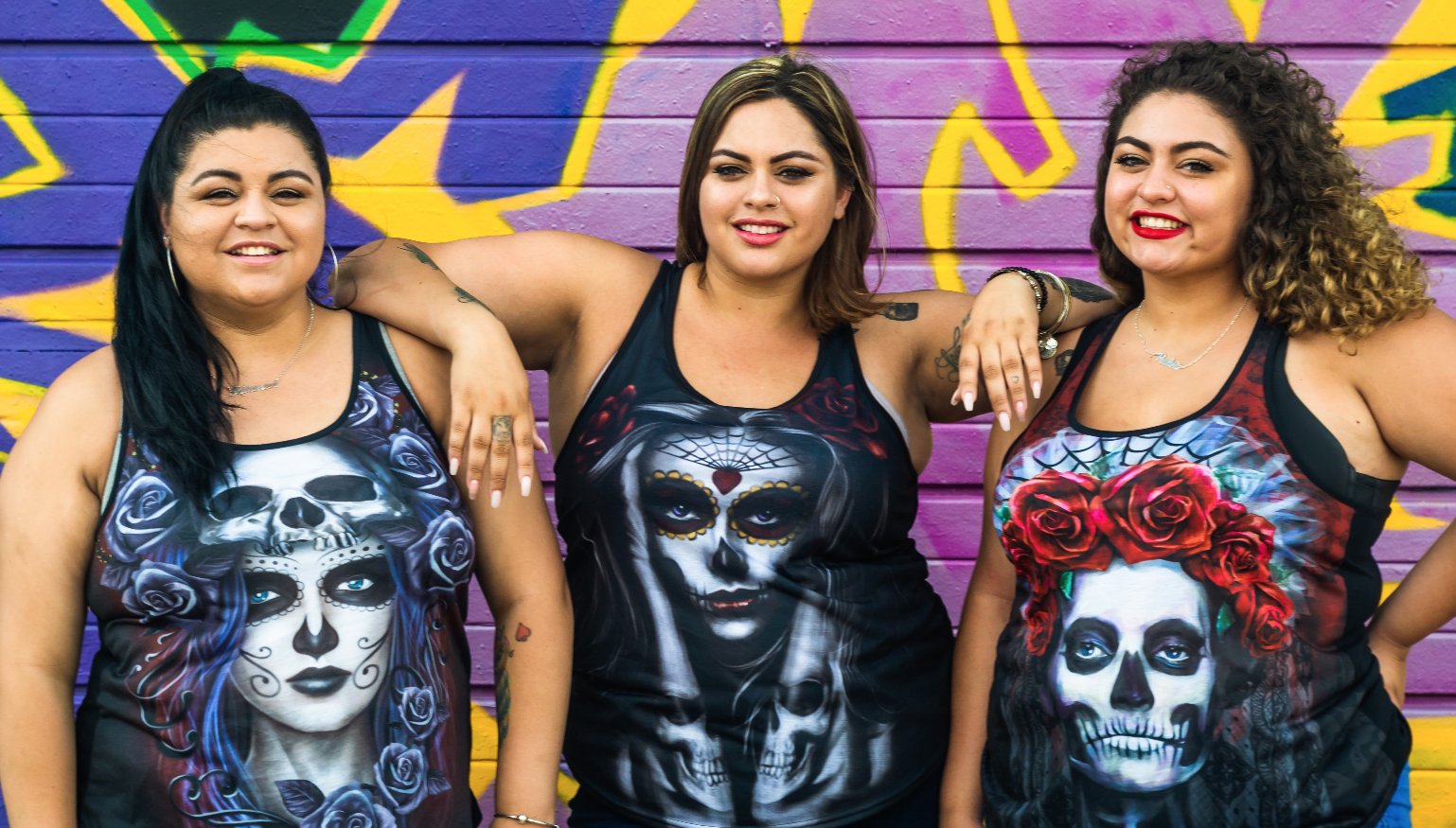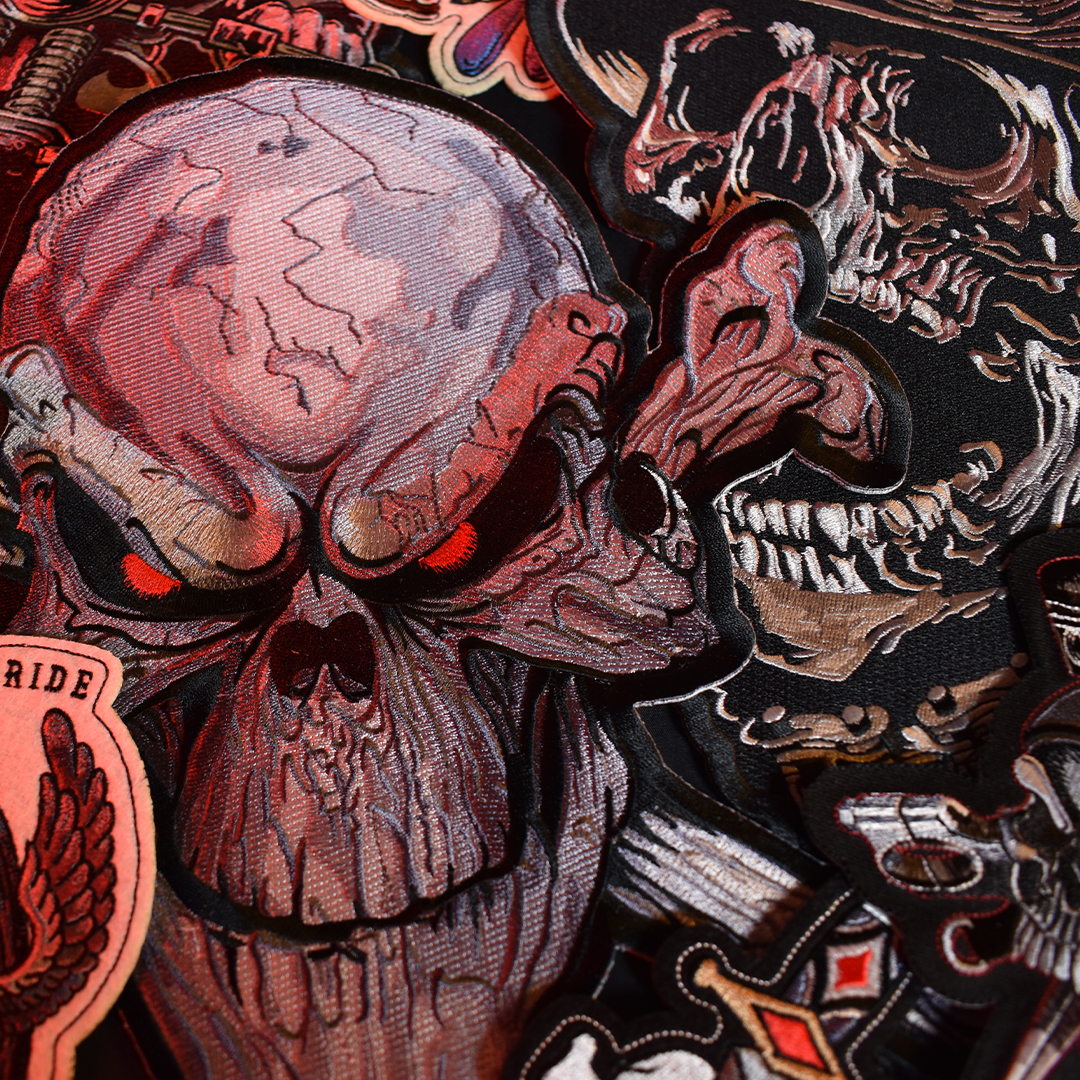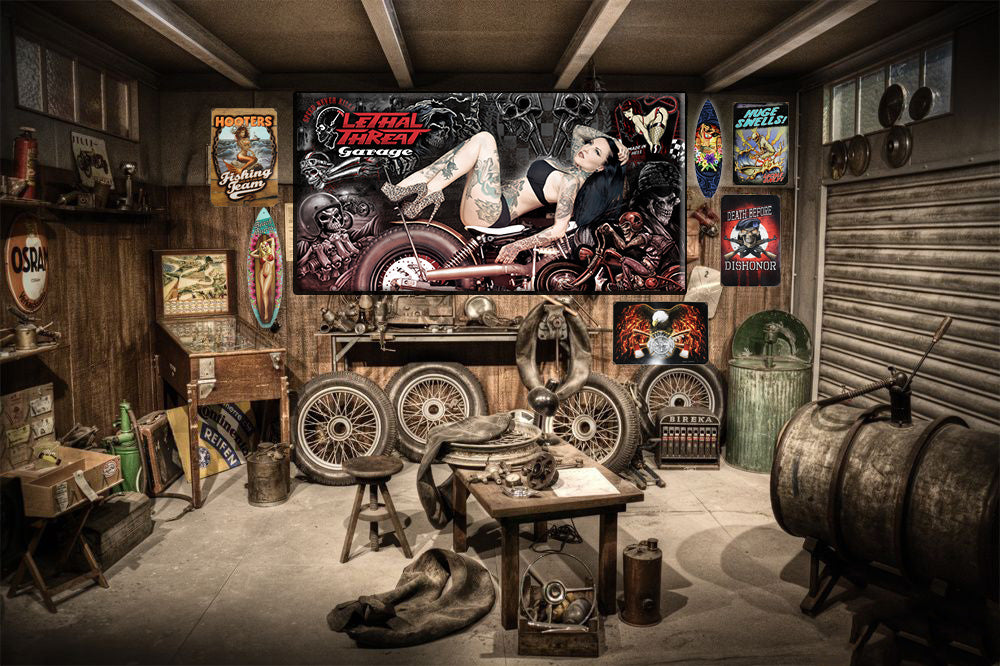Clown Week

Any day of the year, somebody has designated the day after a person, food, lifestyle, animal, hobby, occupation, just about anything you can think of. Did you know every year the first week of August is designated as "Clown Week"? Not a day, but an entire week! Clown Week began sometime in the 1950's. Walt “Wabo” Savage is believed to be the man behind the original Clown Week. He reportedly picked August because it coincided with the birthdays of both his daughters. We all know a clown, be it your loser son-in-law, brother-in-law or the jackass at work. Then you have the clowns, that actually, do have a job working in the circus. Do you know anybody who is a professional clown, meaning they make a living at it? I don't but there must be a lot of clowns to warrant a whole week to celebrate them. Let's dive into the history of clowns’ past and present.

The first clowns date back to ancient Egypt, 2400 BC. The job of the early clown was to entertain royalty with tricks, stories, magic and often acting the fool to entertain the elite. Clowns are found throughout the history of man and stories of clowns are found in many cultures and folklore from ancient times. Ancient Rome had several types of clown. Some were known as Sannio – they were a popular type of mime and famous for their ability to pull hilarious grimaces with their faces and body. It follows that this clown, unlike most others of this time, did not wear a mask. Another clown was Stupidus (hence our word stupid) which was Latin for mimic fool. He was usually bald-headed or wore a long-pointed hat and a multi-colored outfit (surely the predecessor of Harlequin?). He mimicked and “sent-up” the more serious actor. He was famed for his innuendos and riddles and the ability to rain down blows on his fellow performers in burlesque fights in typical slapstick fashion. In true clown style, he used scandals of the day for his material and nothing was too sacred or sacrosanct to be the focal point of his humor. There was also a lower form of clown who was known as Scurra (from whence comes scurrilous), who indulged in jesting, his physical oddities setting him apart from his better class colleagues. It was common for the great houses and the courts to “keep” freaks and fools, who on the whole were treated kindly. It was thought by many that they were endowed with special powers from the Gods and were treated as good luck charms.

In Malaya, clowns exist today who are similar to ones who performed thousands of years ago. They are called P’rang and wear huge masks and turbans as big again as themselves.
A well-known clown existed in Turkey in about 1440 who, through the ages has become a cult and folk hero, with many coarse and “tall” stories about him. His name was Nasr el-Din who was court jester to Tamburlaine (or Timur) the Mongol Conqueror. Nasr el-Din was famous for his cunning, naivety, buffoonery and shrewdness; he loved to score off other people and play practical jokes. To learn more about this mischievous comic, read “An Eastern Chequerboard” by Sir Harry Luke.

Just a short glimpse to cover many centuries in the past but as we emerge into the era of modern history, the records improve, and we begin to see real people with recorded names who were famous clowns of their time. In particular, there were the Court Jesters. By the 14th Century, the professional funnymen had taken the place of real fools in many Royal households Unlike their predecessors of course, the Jesters could provide humor on demand.

In a time when printed material was not freely available (and most people were unable to read anyway) the Jester represented the principle of free speech in an age where such freedom hardly existed for anyone else. Their closeness to the throne gave them considerable power which made them enemies as well as friends in court. Archie Armstrong, Jester to Scottish Stuart Kings James I and Charles I seemed to have been universally disliked by everyone apart from his employers but earned enough during his career to retire as a moneylender and landowner. Others seemed to have been well liked. William Summers, Jester to King Henry VIII won universal adoration. His picture hangs in Hampton Court Palace and he was dubbed “the poor man’s friend” because of his kindheartedness. Considering how many people Henry beheaded, William did well to keep his head and outlive his master!

So, when does history show us the first clown in the United States? The first American Circus took place in Philadelphia in 1793, with George Washington in attendance. The circus of the day where not geared towards children, it was a show to entertain adults. Children were left at home. That first American circus in 1793 had no clowns. However, clowns soon joined the mix, amusing the adult audience by mocking the status quo. Beyond pratfalls, clowns generated laughs by appealing to their fellow citizens’ contrarian nature, saying and doing what politeness insisted shouldn’t be said nor done. Basically, clowns were rude n crude, something not normally displayed in the conservative culture of early American society.

Historians point to the 1880s as the decade that generated our modern notion of childhood as a time of innocence, requiring special protection and extended education. American circus followed suit, and clowns began to be paired with children in child-focused publicity, children’s books, and children’s magazines. While the earlier era had sporadically invoked clowns as life-affirming figures for adults, this process turned clowns into kiddie clichés, shifting focus from what they did, their performances, to what they symbolized. Though the sad-clown cliché began in adult tales of lost love, seen in the 1892 opera Pagliacci, it too turned juvenile, the sad-clown-and-sick-child as an inversion of the happy-clown.

By the 1940's to the 1960's clowns continued as cultural touchstones, but swelling clichés tilted the focus to children. They were increasingly incorporated into circus publicity, and the clown became a major part of TV programming. Local and national examples included Clarabelle the Clown on The Howdy Doody Show (1947–1960) and The Bozo Show (1960–2001). Ronald McDonald, the fast-food chain’s symbol since 1963, was one of a growing clown-face multitude pitching products to children. Clowns were used to advertise adult products, including cigarettes. Red Skelton’s tramp clown, Freddie the Freeloader, first appeared on TV in 1952. The great Otto Griebling, a tramp clown many circus people consider the best of the century, was celebrated on his death by the New York Times. An American postal stamp echoed Lou Jacobs’s nationally known makeup, with a high domed head and tiny hat. Emmett Kelly, who created his tramp face as a cartoonist before he started clowning, grew famous from movie and TV appearances.

As a kid, I was actually on the Bozo Clown Show in New York. You don't usually remember too many things that happened to you when you were a kid, but my experience on the Bozo show is something I vividly remember. It was around 1969, I was about five years old and our neighbor had a friend who was a cameraman for the show. The show was filmed in a small studio in Manhattan. My neighbor got us tickets, two for his sons and one for me. I remember there was bleachers set up and all these four to six-year old’s, dressed in their Sunday best clothes, were led to a place on the bleachers while our parents could watch the show from another room. The show consisted of Bozo coming out telling some jokes, introducing some cartoons and organized two games per show that four lucky kids from the audience were picked to participate in. Since my friend’s Father had an in with Bozo, my friend Michael was picked for the first game, don’t really remember what he had to do, but I know he beat the other kid and won the grand prize. You would think the grand prize would be a bicycle or some cool toy. Nope, Bozo was a low budget show, the grand prize was a big bottle of Bosco Chocolate Syrup for ice cream. Get a plug in for one of the Bozo Show sponsors. I was picked for the second game, in the event I was chosen for, they partnered me with a little girl. We would be racing against the Bozo clock. The girl went first, she had to crawl through an obstacle course to the other side of the studio, put on scuba diving feet fins and run back to me and it was my turn to do the same thing. This girl ate up most of the time on the clock. Finally, when it was my turn to start, 10 seconds into the race the dreaded Bozo clock rand singling time was up and we had both been the losers for today's show. No need to cry, Bozo had a great consolation prize for us, a Bozo autographed copy of the book Black Beauty. This was my first contact with a real-life clown, held onto the book for years, but misplaced it. I have met a lot of clowns since then.

The 1960s to the 1980s brought new energy to clowning, as students learned to juggle, teachers offered clown classes, and Marcel Marceau’s mime tours of the United States influenced many. Ringling Brothers and Barnum & Bailey Circus opened its “Clown College,” with a session every fall that generated a steady flow of clowns for three decades. The creative ferment persuaded many to become clowns on their own, including some who studied physical theater in Europe.

Yet even as the ferment regenerated circus, it nudged circus away from folklore, into classes and credentials. What had been relatively few clowns in the distinct world of traditional circus became a flood of amateur clowns, clown organizations, experimenting college kids, Clown College graduates, and professionals in new circuses, including a small show that would expand into an empire as Cirque du Soleil. Due to an increase in the clown population, the days of being a super famous clown where mostly over, except for a handful that rose to the top of their trade.

There were some clowns that became stars during this time period. Bill Irwin moved from the Pickle Family Circus to PBS’s Sesame Street, then a career as a solo clown and a Tony-winning actor. David Shiner, having honed his work on the streets, performed for major circuses in Europe, for Cirque du Soleil, and on Broadway. Barry Lubin shifted from Ringling Brothers and Barnum & Bailey Circus to the Big Apple Circus, eventually playing his “Grandma” character on seven continents. Avner the Eccentric forged a solo career that included a one-man show Off-Broadway. Bello Nock combined seven generations of circus family and his own daredevil flair. The Flying Karamazov Brothers jumbled juggling, Russian names, puns, and irony. The Reduced Shakespeare Company blended verbal and physical dexterity in its spoofs of historical and literary subjects.

The Lethal Threat clowns designs that are always top sellers for us are "Scary Clowns". The scary clown is a relatively new phenomenon. Many people now consider the “scary clown” as some ancient truth about clowns, it has a recent history. It did not appear in popular culture until the mid-1980s, and even then, it began as an exception to normal, presumably non-scary clowns, usually as an ironic joke that the clowns were in on. (That’s how it appears in the 1974 movie The Groove Tube, when a TV show clown insists parents leave the room, and then reads erotic literature on air.) The evidence shows a specific historical process, with happy-clown stereotypes ballooning so much they demanded a backlash. Writers obliged, making up creepy, angry, and killer clowns. Scary clowns popped up in popular TV shows, movies, comics and even music groups adopted the scary clown into their stage shows, persona and album art. Insane Clown Posse and Rob Zombie are just a few musicians who capitalized on the scary clown culture. A new flurry of “scary-clown” sightings popped up in the fall of 2016. Scary clowns would be lurking in parks at night or secluded streets to scare the next unwitting passerby, all to be caught on video, and posted on YouTube.


What will be the future for clowns? With circuses losing their popularity in modern culture, making a living as a full-time clown is no easy trick when you have no place to perform. Children's Birthday parties and doing street performances are always an option for an aspiring clown now a days. So, a Happy, Sad or Evil Clown, people will always be looking to be cheered up or scared! Enjoy clown week for all you clowns out there.
















Leave a comment